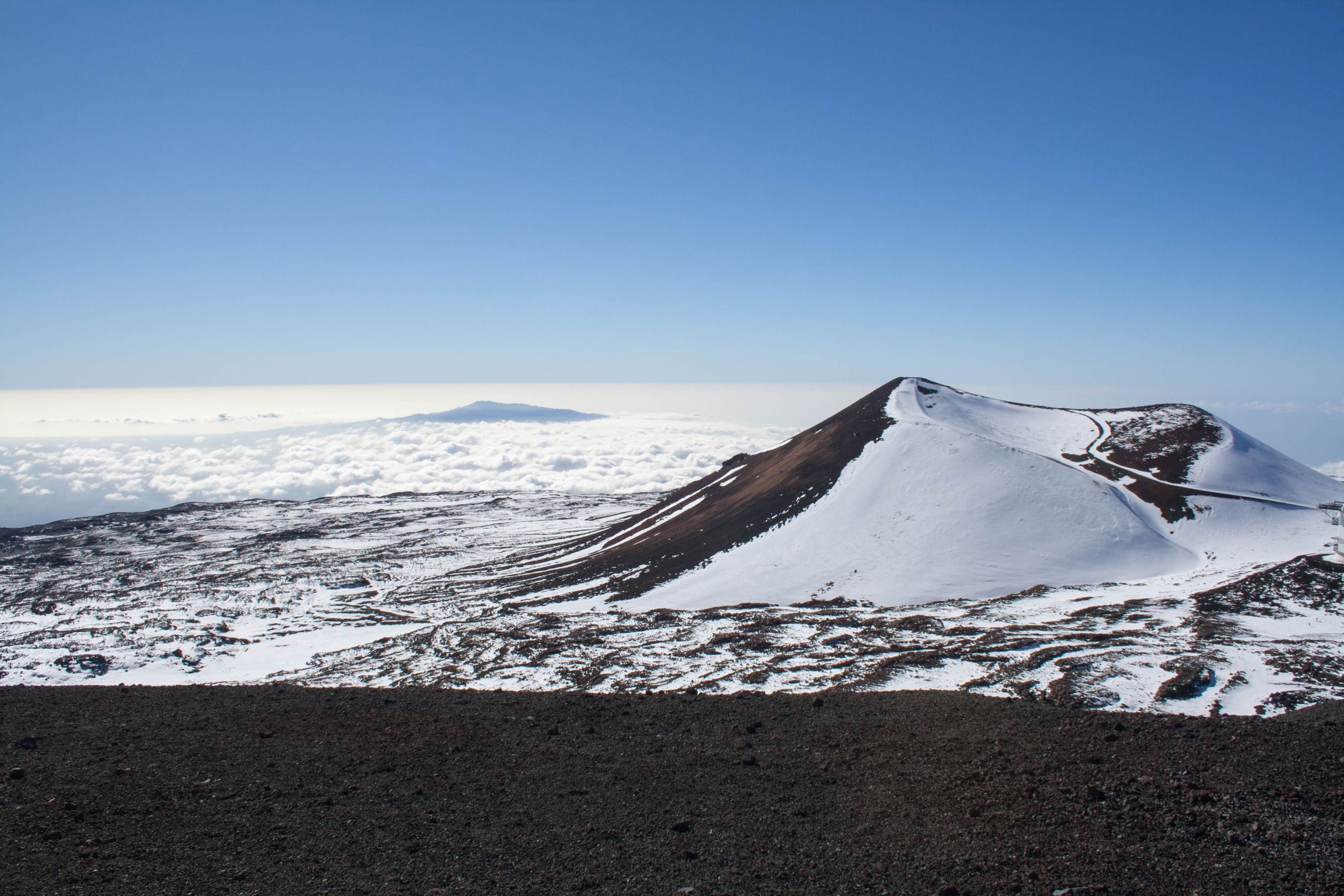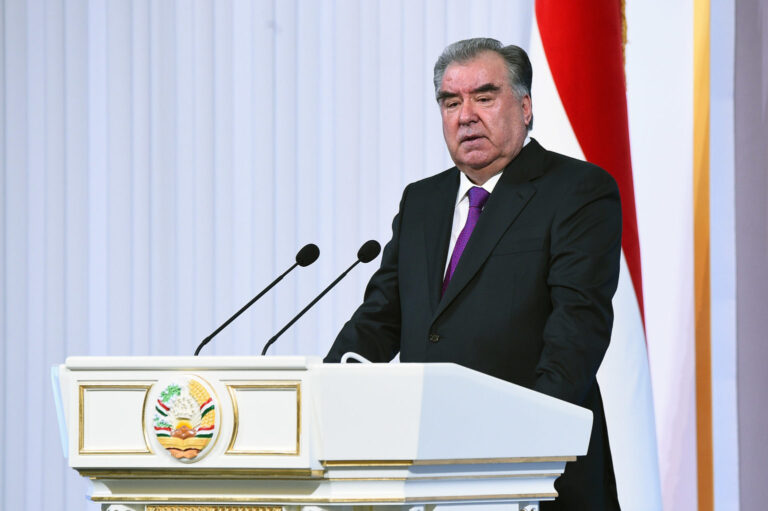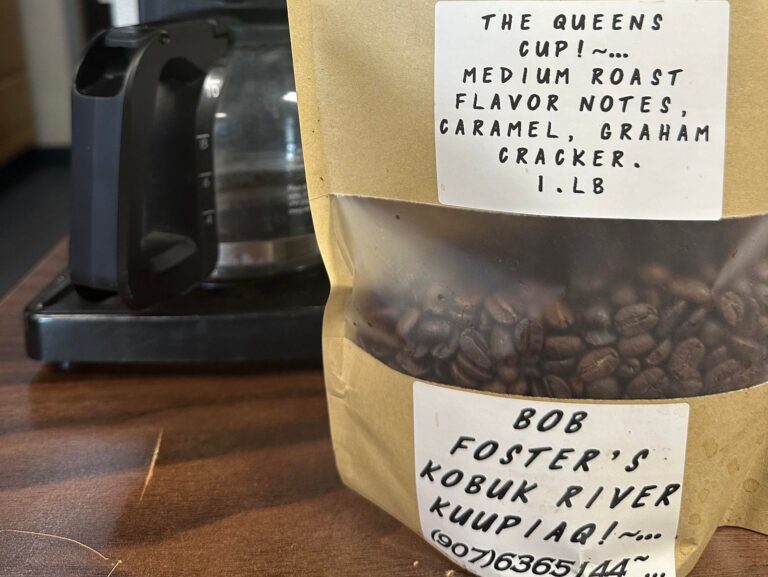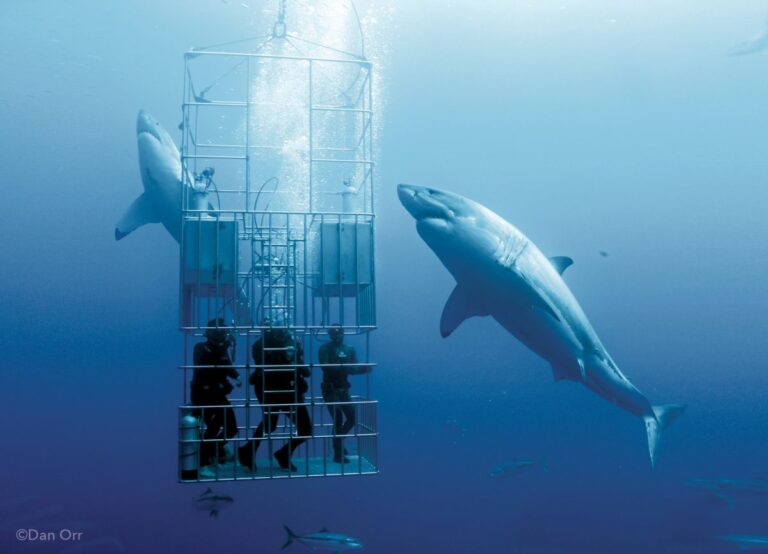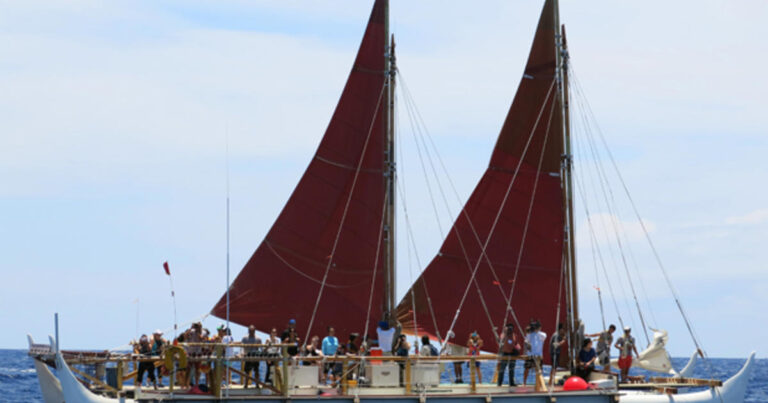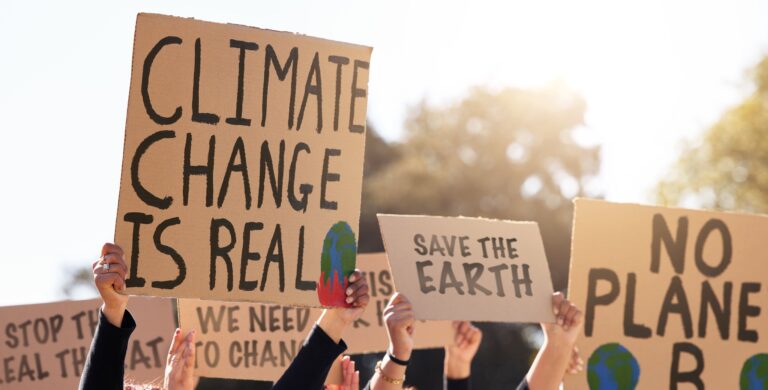Balmy, tropical Hawaii sounds like the last place on Earth one might expect to find snow and ice. Yet the tiptops of some of the island chain’s tallest mountains often fall below freezing in the winter, welcoming in a blanket of magical snow.
That’s not all. Near the summit of Mauna Kea, Hawaii’s tallest peak at nearly 14,000 feet, there’s another surprise: two patches of rare tropical permafrost, a type of continuously frozen soil most often associated with the frosty Arctic.
Mauna Kea is the only place in Hawaii where it’s known to occur — and it’s likely dying out. Surveys have found the patches are shrinking over time.
And at the rate the planet is warming, they could be gone in a matter of decades, said Norbert Schorghofer, a researcher at the nonprofit Planetary Science Institute. He’s been studying Hawaii’s permafrost for years.
“It’s just getting warmer and warmer,” he said. “So there’s no way the permafrost is gonna survive that.”
Schorghofer’s research mainly focuses on other planets, such as Mars. He became interested in Hawaii’s unusual permafrost because of its potential similarities to alien landscapes; very cold, bare regions of the Earth sometimes can help scientists understand what it might be like on other planets.
But his motivations have shifted over the years.
“After years of research, I see it’s not a great analog to ice on Mars,” he said. It’s too wet, what with the amount of seasonal snow melt happening on the mountain.
Instead, he said, “I think what I did really became an environmental project, rather than a planetary project.”
Hawaii’s permafrost was first scientifically documented by researcher Alfred Woodcock in 1969. At the time, he theorized it could date back to the Pleistocene era, which ended more than 10,000 years ago. But that’s “pure speculation,” according to Schorghofer.
“It could be younger, it could have formed more recently,” he said — perhaps even sometime during the so-called Little Ice Age, a period of regional cooling which ended in the mid-19th century.
All scientists can say for sure is that it must have formed when the region was significantly colder than it is today.
A few factors have allowed it to persist over the years. The permafrost patches are nestled in the cradle of two craters near the top of Mauna Kea, which help shade them from the sun. Snow, when it’s present, also reflects sunlight away.
Temperatures at the surface of the ground still tend to hover a few degrees above freezing. But because of some complex processes involving the placement of snow and ice as well as the way water melts and percolates through the top layers of the soil and transfers heat between the ground and the atmosphere, the soil tends to be colder underground than it is at the surface.
It’s not the only place in the tropics where permafrost exists. There are spots on tall mountains in Mexico and the Peruvian Andes, as well as Mount Kilimanjaro in Tanzania, said Kenji Yoshikawa, a researcher at the University of Alaska, Fairbanks, who has collaborated with Schorghofer on the permafrost research over the years. He’s traveled around the world documenting these kinds of sites.
But so close to the equator, permafrost is typically found only at elevations above 17,000 feet, Yoshikawa added. Hawaii is doubly unusual because its permafrost exists just above 13,000 feet.
Now the warming climate is catching up to it. Even back in 1969, Woodcock observed that the area already appeared in danger of thawing, Schorghofer said.
Of the two patches known to exist today, Woodcock described one in great detail when it was first discovered. At the time, it was at least 80 feet in diameter and about 30 feet deep.
Schorghofer and his colleagues conducted geophysical surveys in 2016 to see how the site has changed in the years since. They found it was smaller and shallower, a fact they reported in 2017 and highlighted again in another paper this year.
“It’s shrinking from all sides,” Schorghofer said.
Recent shifts in the Earth’s El Niño and La Niña cycles — natural climate cycles that cause periodic shifts in Pacific Ocean temperatures — may be helping speed the thawing, Yoshikawa suggested.
But human-caused global warming will put the final nail in the coffin, Schorghofer said. The larger patch may be gone within a few decades, he estimated — and the smaller patch “even less than that.”
Permafrost is thawing across the world. It’s a major concern in the Arctic, where the consequences can be severe. Thawing permafrost releases large quantities of climate-warming carbon dioxide and methane into the atmosphere, further speeding the rate of global warming. It also causes the ground to soften and slump, threatening to topple trees, buildings and other infrastructure.
These kinds of ramifications are probably minimal in Hawaii, where the permafrost patches are tiny in comparison.
But there may be serious cultural impacts as Mauna Kea warms and melts. Mauna Kea is a sacred site in Native Hawaiian traditions, a place of worship and a home to the gods. Among the deities associated with the mountain is Poli‘ahu, goddess of snow.
Yet studies indicate that snowfall on Mauna Kea is in danger as temperatures rise. A 2017 study found that with just a few more degrees of warming in Hawaii, snowfall will “nearly disappear” by the end of the century.
And if Schorghofer is right, the permafrost will be gone long before then.
Its disappearance is “heavy proof” of the way climate change is reshaping the Earth, he said. And it’s a reminder of what little time may be left to study some of the natural wonders that are vanishing as the world warms.
“We’re really just trying to study it before it disappears,” he said.
Source: Scientific American

